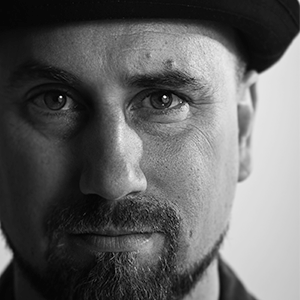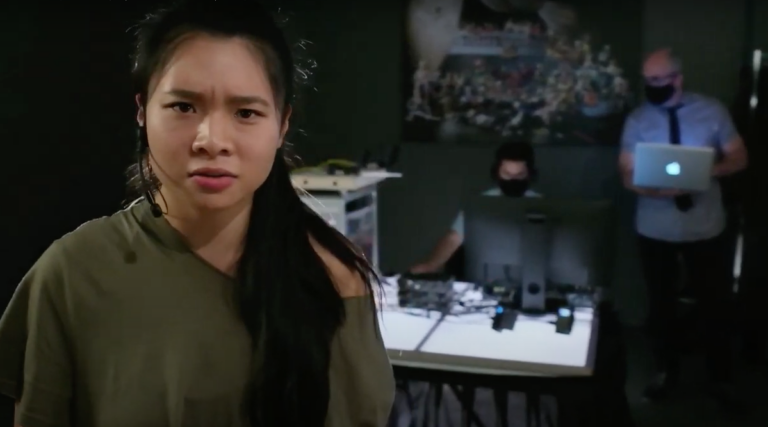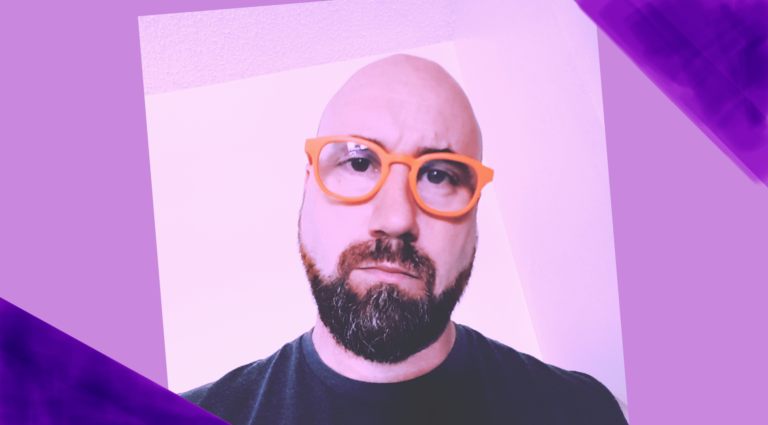Forever Emerging
Artistically speaking, this past year was weird for me. I continued at my standard pace, with three different projects of various sizes and a few new ideas percolating under the surface. What was unusual was that all of them felt harder. The work of creating them wasn’t any different: I enjoyed researching, imagining, developing, and writing; there was no writer’s block and no pesky flare-ups of imposter syndrome. But it felt like something was missing, in terms of my emotional and artistic investment. My usual (and at times irrational) enthusiasm was tempered, like it was covered by a thin film of ambivalence. I had not experienced this before and it scared me.
This nagging fear was compounded by my continued inability to successfully obtain any grants for my work or to create a more consistent production schedule for my plays (beyond my own self-productions, funded by favours and begging). There was no building momentum to allow some of my work to live on its own in the zeitgeist, without me constantly having to be its hype man. I sat in this fear for a while and questions formed: Where am I as an artist? Have I plateaued?
I sat in this fear for a while and questions formed: Where am I as an artist? Have I plateaued?
Funding bodies tend to classify artists either as “professional” or “emerging.” I am nowhere close to being “professional,” and the term “emerging” is generally used and understood as a way of describing younger artists just starting out. “Mid-career” is a new label, though it seems to just be something to call people older than thirty who don’t fit neatly into the other categories. I think most artists are continuously emerging, as we try new things, challenge ourselves, and grow, but this new mid-career category is where I seem to have ended up. It makes me uncomfortable; it doesn’t fit me and I don’t want it to fit me.
I’m forty-eight years old and I have been making art in some capacity (and of various levels of quality) for the past thirty-plus years: music, painting, poetry, screenwriting, and, now, theatre. I have worked hard, been diligent, and have witnessed a steady growth in the depth of my experiences and the scope of my ambition. I’ve been an artist for so long that there is very little separation between my art and my life. I am my art now. My art informs my decisions, my perspectives about the world, and my relationships, oftentimes to their detriment. If my art has plateaued—if I have plateaued, if I never become professional—how do I move forward? Turning the page and telling myself that I had a good run doesn’t feel like a constructive or even healthy option.

Amy Sawka and Melissa Tuplin in Karl Nimeni is not Dead – I Killed Karl Nimeni. Photo by Leon Schwesinger
I used to think, maybe wrongly, that at some point my art would create its own energy, but it hasn’t. One “success” has not created another. One or two or five productions has not opened the door to others. One grant five years ago has not evolved into more grants, even though I feel my work has gotten better. Nothing is actually going backwards, but it feels that way. This might sound like I’m not taking enough stock (or joy) in the things I have achieved, but I’m not complaining, really. I’m questioning. As an artist, what I create is how I communicate with the world around me, how I process all its madness. And if what I create is not being read or seen or heard, well… Imagine someone suggesting that you never speak again, ever, or only at home, alone, in a dark corner of an unused room. How would you feel?
Everybody faces obstacles, no matter what they do; from time to time we all hit a wall. Sometimes we can knock them down. But, personally, in this last year, the sledgehammers seemed unwieldy, and the walls appeared to have been more solidly constructed. It doesn’t help when friends and acquaintances only see the headlines—that a theatre is producing my new (or old) work; that I’ve won a competition or an award—and they’re genuinely excited, believing some fantastic career-making victory has been achieved. When this happens to me, I am as elated and proud as they are for the opportunity to share my work with a new audience, a new city, a new company. But this is short-lived: the pendulum inevitably swings back, and I’m left with half-demolished walls and the reality that these “professional” accomplishments might end up just being more lines added to my resume.
The idea of plateauing came into real focus when, in one particular German expressionist mood, I realized that if I stopped writing, no one would care. This is not shared to elicit any sympathy, and I hope it doesn’t sound all woe is me. But it was a cold moment of clarity. A moment, I believe, most emerging artists and probably a few professional ones will experience at some point as well. Think about that. Their art—the thing that has given them so much joy and immeasurable torment, the thing that defines them—is of little importance to anyone but them.
Instead of plunging me headlong into an existential vortex, understanding this was almost liberating. I was forced to remember it wasn’t about trying to impress anyone with my ideas or about starting projects specifically to make career moves. It was just about art and expression. And while on one hand the art became freer, on the other I was still left with the feeling of being stuck.
I am what I do, and if I stop doing, I stop being.
I am about to begin rehearsals on an interdisciplinary play I wrote called Karl Nimeni is Not Dead – I Killed Karl Nimeni, which I will be co-creating with my performance collective, Dancing Monkey Laboratories. The main character, Charles Fleming, is a writer in crisis (I’ve learned to embrace cliché), who is accused of killing the fringe philosopher and scientist, Karl Nimeni. Even though the first draft of this work was written five years ago, it’s become a representation of the struggles and realizations I’ve had over the past year. The play is an abstract, slightly absurd anti-narrative that never moves in a straight line. It’s big on questions and allows the audience to come up with their own answers. This play is helping me to reconnect with what has usually been a rock-solid belief: that the answers are not always the important part of the equation, but the questions are what matter. Where am I as an artist? Have I plateaued?
Something many artists share is an irrational love for what we do. A pathological love. For many of us it’s not a matter of want, it’s a matter of need. I am what I do, and if I stop doing, I stop being. That is the fear that awoke in me. But I’ve come to realize that plateauing only matters if I’m measuring what I do against others, or looking for that perfect label or category to describe where I am. To move past this fear, I have to rediscover the connection between my inspirations and my ambitions. I think I need to ask different questions. What if I do remain emerging forever? Does funding control my imagination? Does a label decide what and how I create? No. And if the walls and obstacles I run up against are metaphorical, then they can be rewritten.











Comments